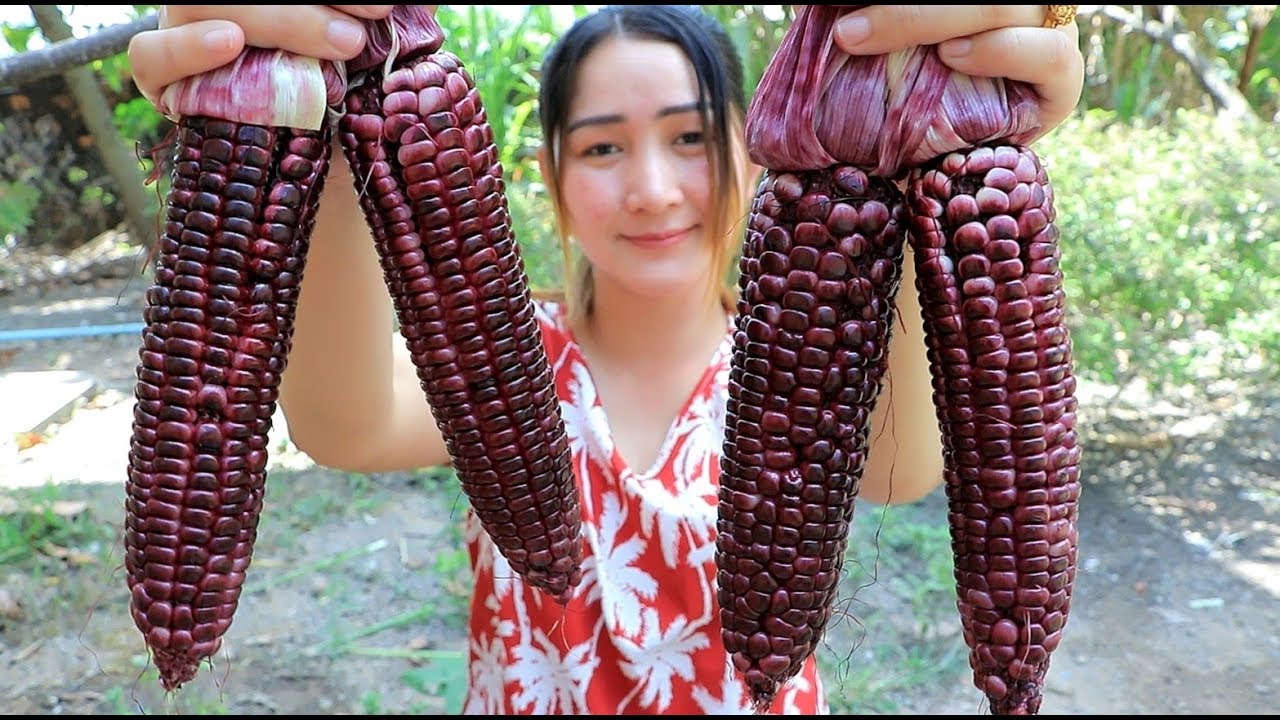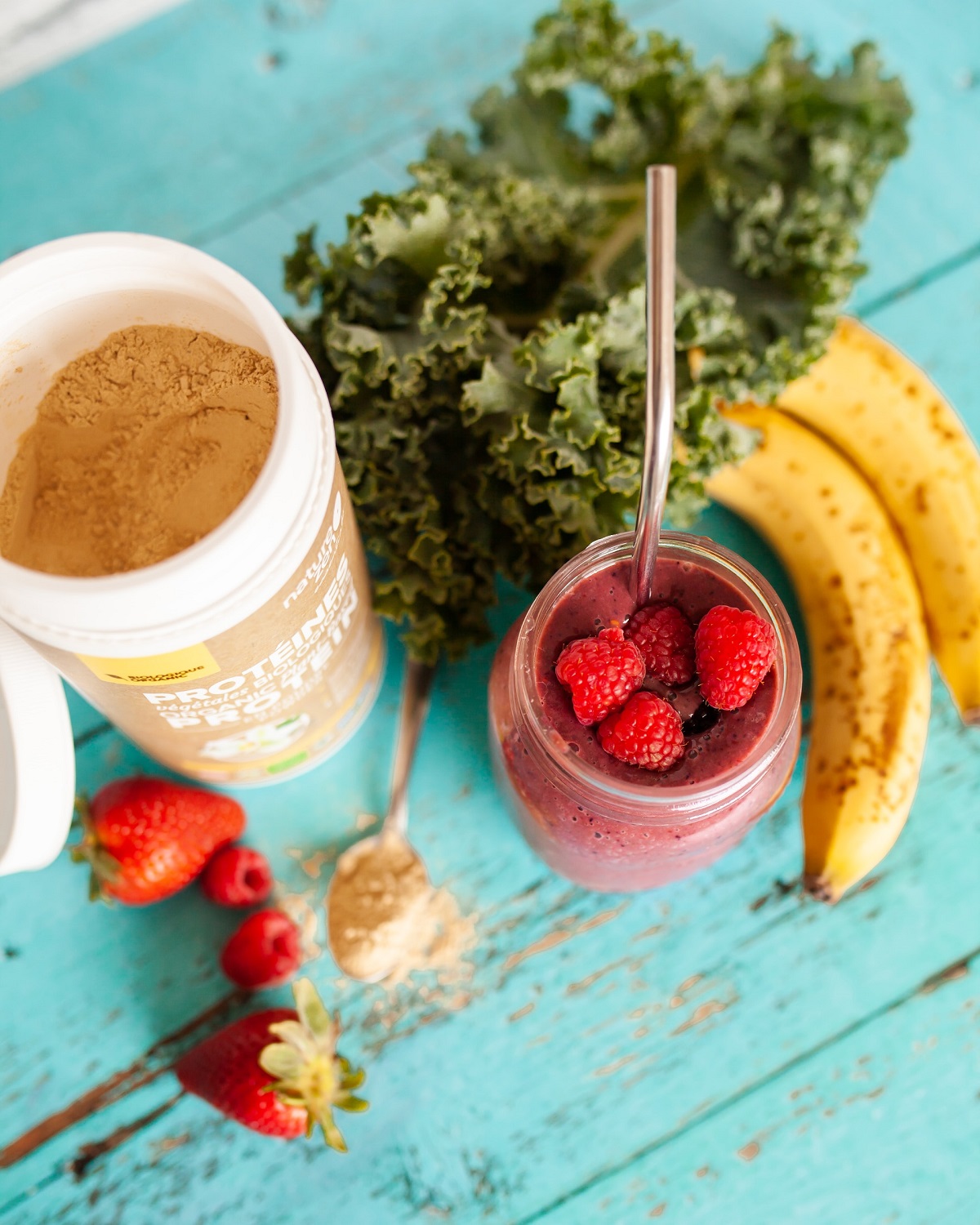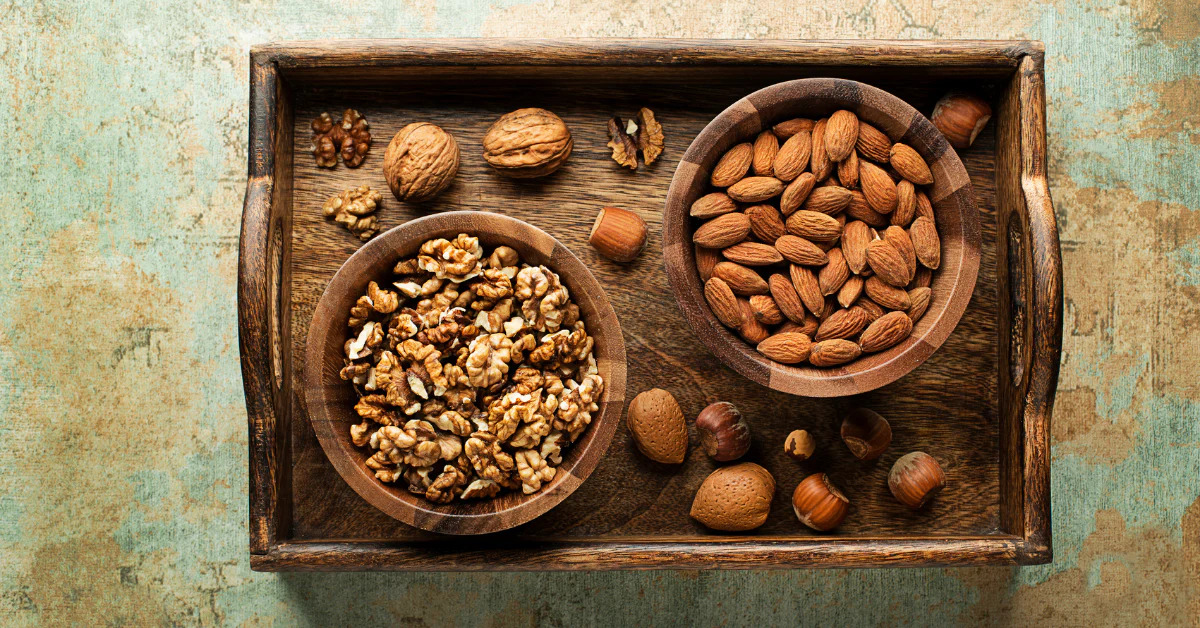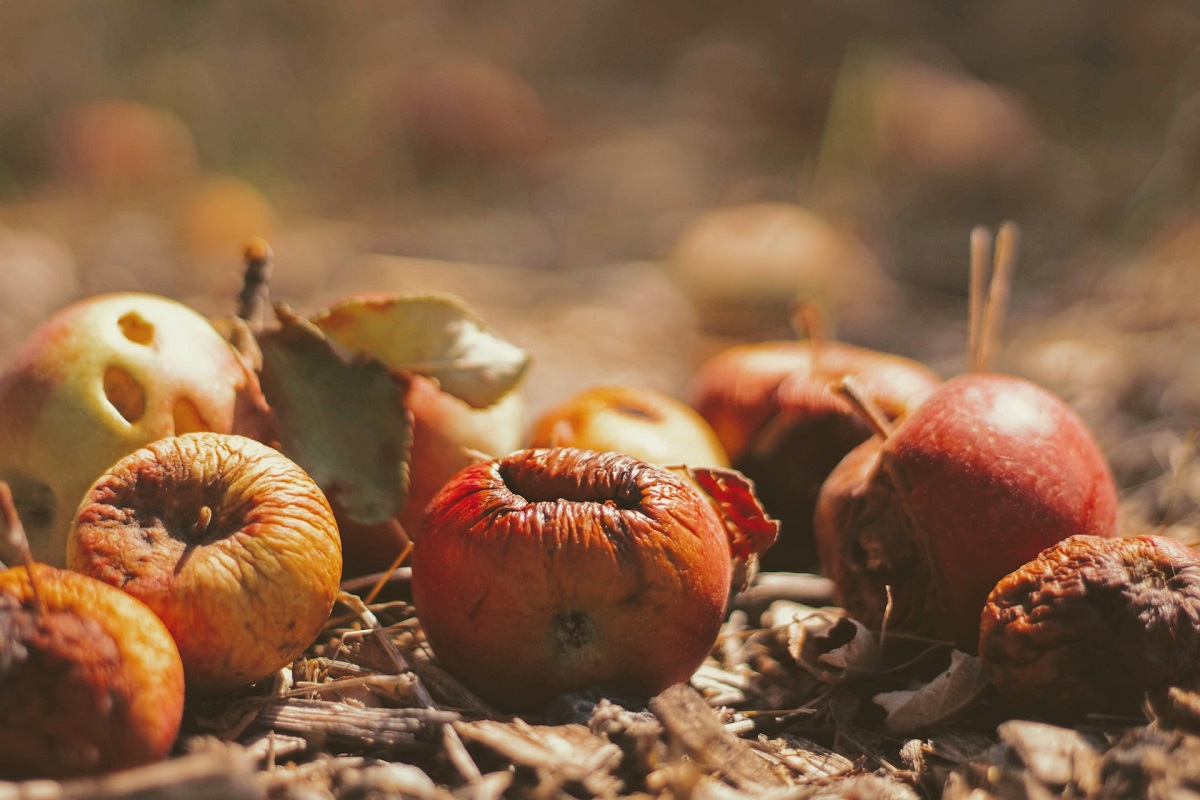A Comprehensive Guide To Purple Corn – Tech Foodie
Purple corn looks surprising and unique due to its strange color, and it comes to us from the heights of the Andes mountains. It is considered a superfood, and its vibrant color is due to the presence of large amounts of anthocyanins in it. Scientists say that this pigment comes from the environment, like from the soil or water of Peru, and it’s a reason that purple corn mysteriously loses its color when planted in other countries. The most popular use of purple corn is in a very nutritious and sweet drink known as Chicha Morada, and it is also used in making sweet purple porridge known as Mazamorra Morrada. But what does this Superfood contain, and what are its benefits? These are the questions that most people have.
In this comprehensive guide, let’s explore everything about purple corn, from its origin to its benefits.
The Origin Of Purple Corn - Overview:
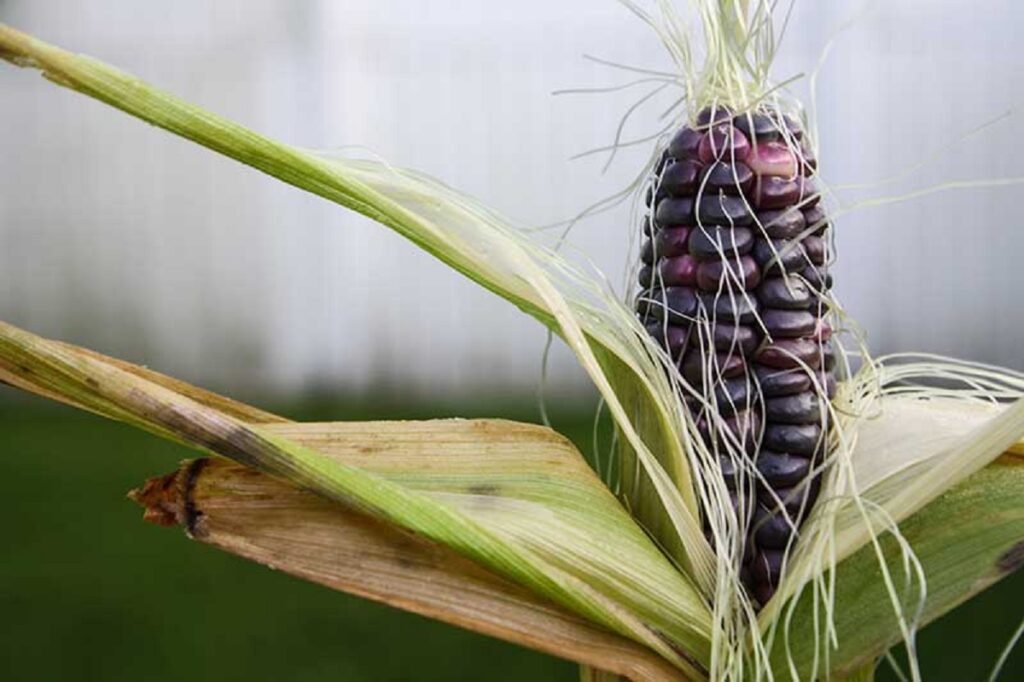
Purple corn is a remarkable superfood that grows in remote areas at an impressive altitude of 3000m. These areas include the Andes Mountains and, specifically, the countries Peru, Argentina, and Bolivia. This Superfood is cultivated by using traditional methods and does not contain GMOs. It is purple due to high anthocyanin pigment and has been consumed by the Incas for over 2500 years.
Purple corn adds a touch of visual appeal to dishes and offers many health benefits. Packed with anthocyanins, which are powerful antioxidants, this Superfood possesses strong anti-inflammatory properties. These beneficial compounds can help protect our bodies from oxidative stress and promote well-being.
What Are The Benefits Of Purple Corn?
Most benefits of purple corn are due to anthocyanin pigment that contains antioxidant properties. Let’s have a detailed look at the benefits of purple corn.
1. Powerful Antioxidant
Purple Corn stands out in the plant kingdom with its incredibly deep purple shade, a testament to its abundance of antioxidants, specifically anthocyanins. These remarkable compounds elevate Purple Corn above regular corn for promoting good health. A study published in 2004 in “The Journal of Nutrition” revealed the potential of a specific anthocyanin called CG3, found in Purple Corn, to combat obesity and diabetes. CG3 is regarded as one of the most potent antioxidants, surpassing 13 other anthocyanins in the ORAC assay, a test for measuring antioxidant activity.
Another noteworthy antioxidant in purple corn is protocatechuic acid, a hydroxybenzoic acid. This compound has been gaining attention in nutritional circles for its strong antioxidant properties, further contributing to the overall health benefits of this unique corn variety.
The striking purple hue of Purple Corn is not just visually appealing; it serves as a visual indicator of the potent antioxidants it possesses. These antioxidants, particularly CG3 and protocatechuic acid, are vital in promoting our well-being by combating oxidative stress and protecting our bodies from harmful free radicals.
The remarkable antioxidant content of purple corn sets it apart, making it a compelling addition to our diet for its potential to support a healthy lifestyle. Its vibrant color reflects the power of nature’s antioxidants, providing a natural and delicious way to enhance our overall health and well-being.
2. Lowers Blood Pressure
When left untreated, high blood pressure can seriously affect our health. According to the American Heart Association, it can lead to kidney damage, heart disease, memory loss, vision problems, and even stroke. However, there is promising research indicating that the anthocyanins found in Purple Corn can play a role in addressing this issue.
In a study published in the “Journal of Nutritional Science and Vitaminology” in 2007, researchers observed that the anthocyanins in Purple Corn positively impacted blood pressure and heart rate in hypertensive rats. This finding suggests that these beneficial compounds might help lower blood pressure levels in individuals with hypertension.
Although further research is needed to fully understand the effects of Purple Corn on human blood pressure, these preliminary findings provide a glimmer of hope. By exploring the potential of natural compounds like anthocyanins, we strive to uncover new strategies for managing and preventing the complications associated with high blood pressure.
It is important to note that incorporating Purple Corn or its derivatives into our diet should be done in consultation with healthcare professionals, as they can provide guidance on its potential benefits and ensure it complements an overall healthy lifestyle. Managing blood pressure is a multifaceted endeavor, and lifestyle modifications, including a balanced diet and regular exercise, remain important factors in maintaining cardiovascular health.
3. Anti Inflammatory Properties
A study conducted at Tokai Gakuen University in Japan has shed light on the anti-inflammatory properties of CG3, a specific anthocyanin found in Purple Corn. The findings of this study confirmed that CG3 elicited an anti-inflammatory response in the body. These results suggest that this plant pigment may potentially suppress the inflammatory response associated with diseases characterized by inflammation.
This research highlights the potential of CG3 in combating inflammation, which is a key factor in various health conditions. While further studies are needed to fully understand the extent of its anti-inflammatory effects and its application in treating specific diseases, the initial findings are encouraging.
By delving into the properties of natural compounds like CG3, we continue to explore alternative approaches to address inflammation-related ailments. These advancements in research may open doors to new therapeutic possibilities, offering hope for individuals affected by conditions marked by inflammation.
However, it is important to note that while these studies provide promising insights, consulting with healthcare professionals is essential for proper diagnosis and treatment. They can provide personalized advice and help integrate potential benefits from natural compounds, like CG3, into a comprehensive healthcare plan.
4. Eye Health
Purple corn contains two additional significant antioxidants, namely lutein, and zeaxanthin. These remarkable compounds are crucial in supporting eye health, as the eyes predominantly utilize them. Studies have shown that high levels of these antioxidants can reduce the risk of developing serious eye conditions such as cataracts or macular degeneration.
Lutein and zeaxanthin accumulate in the retina and lens of the eye, where they act as natural protectors against oxidative damage caused by harmful free radicals. By neutralizing these free radicals, these antioxidants help safeguard the delicate structures of the eye from potential harm.
Lutein and zeaxanthin in purple corn provide a valuable source of these eye-friendly antioxidants. Regular consumption of purple corn or its derivatives may contribute to maintaining optimal levels of lutein and zeaxanthin in the body, thus promoting long-term eye health.
It’s important to note that while lutein and zeaxanthin show promise in supporting eye health, a holistic approach to eye care is essential. Regular eye exams, a balanced diet, proper hydration, and other healthy lifestyle choices are crucial in maintaining good vision and preventing eye diseases.
5. Kidney Health
Researchers from Hallym University in Korea have made an intriguing discovery regarding the antioxidant properties of purple corn extract. Their study revealed that these antioxidants can potentially prevent the hardening of blood vessels in the kidneys, a condition known as “glomerulosclerosis.” Glomerulosclerosis is often linked to diabetes and, if left untreated, can lead to kidney failure.
The findings suggest that the antioxidants in purple corn extract may play a crucial role in protecting the kidneys from the damaging effects of glomerulosclerosis. By inhibiting the hardening of blood vessels, purple corn extract shows promise in preventing the progression of kidney complications associated with diabetes.
This research highlights the potential benefits of natural compounds found in purple corn. It offers a glimpse into potential therapeutic interventions for individuals at risk of kidney problems due to diabetes. However, further studies are required to fully understand the mechanisms involved and determine the optimal application of purple corn extract for kidney health.
It is important to note that while these findings are exciting, consulting with healthcare professionals remains essential for appropriate diagnosis, treatment, and management of kidney-related conditions. Incorporating purple corn extract or any other natural supplement should be done under professional guidance as part of a comprehensive healthcare approach.
Are There Any Adverse Effects Of Purple Corn?
No, there are no adverse effects of purple corn seen to date. However, it is not recommended for people with low blood pressure issues.
What Do Experts Say About Purple Corn?
In Japan, studies have shown that purple corn has a positive impact on the development of colon cancer. These studies have shown promising results, suggesting that this Superfood may have the ability to modify the progression of colon cancer and reduce the associated risks. However, it is important to note that these studies have been conducted on rats, and further research is needed to determine if similar effects can be observed in humans.
While the findings from the rat studies are encouraging, it is crucial to exercise caution when extrapolating the results to human health. Human biology and responses to treatments can differ significantly from those of animals. Therefore, additional studies and clinical trials involving human participants are required to validate the potential benefits of purple corn in preventing or managing colon cancer.
Another study conducted in the US examined the effects of anthocyanins found in purple corn on cancer cells. The results revealed that these anthocyanins could eliminate approximately 20% of cancer cells in laboratory settings (in vitro). This notable percentage surpasses the effectiveness of other fruits like grapes or elderberries. However, it is important to emphasize that the impact of these findings on human health is yet to be established.
Conclusion
In conclusion, purple corn is a fascinating superfood in the Andes Mountains, known for its vibrant purple color derived from anthocyanin pigments. The Incas have consumed this unique corn variety for centuries, and it offers a range of potential health benefits.
Purple corn’s powerful antioxidants, particularly CG3 and protocatechuic acid, provide numerous advantages. These antioxidants possess remarkable properties, such as combating obesity, diabetes, and oxidative stress. Additionally, purple corn shows promise in potentially lowering blood pressure, although further research is needed to confirm its effects on human health.
Incorporating purple corn into your diet should be done in consultation with healthcare professionals. They can provide personalized advice and help ensure it complements a well-rounded approach to health. Purple corn offers a visually stunning and potentially beneficial addition to a balanced and varied diet, contributing to overall well-being and potential health advantages.
Read more about: FOOD SAFETY MANAGEMENT SYSTEM
